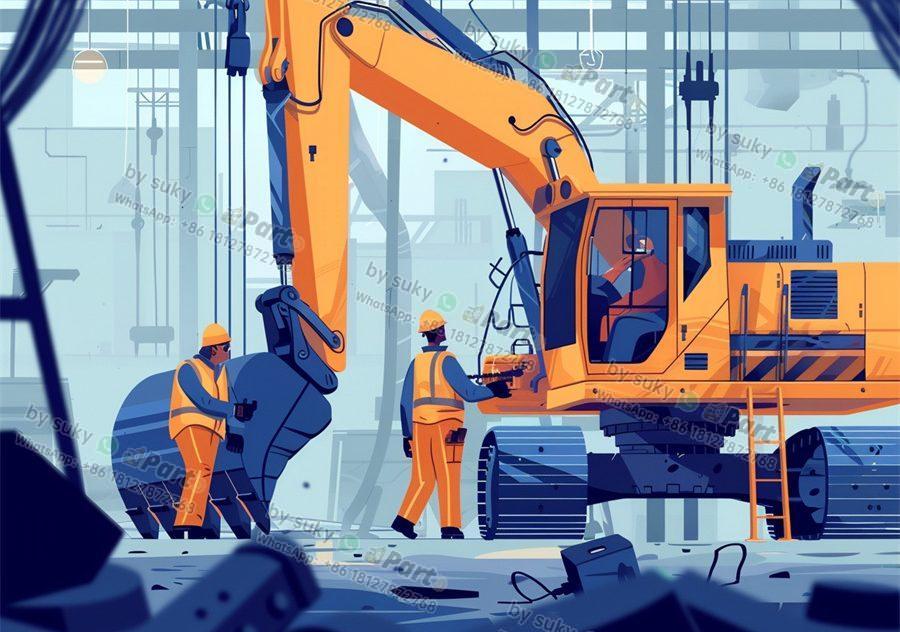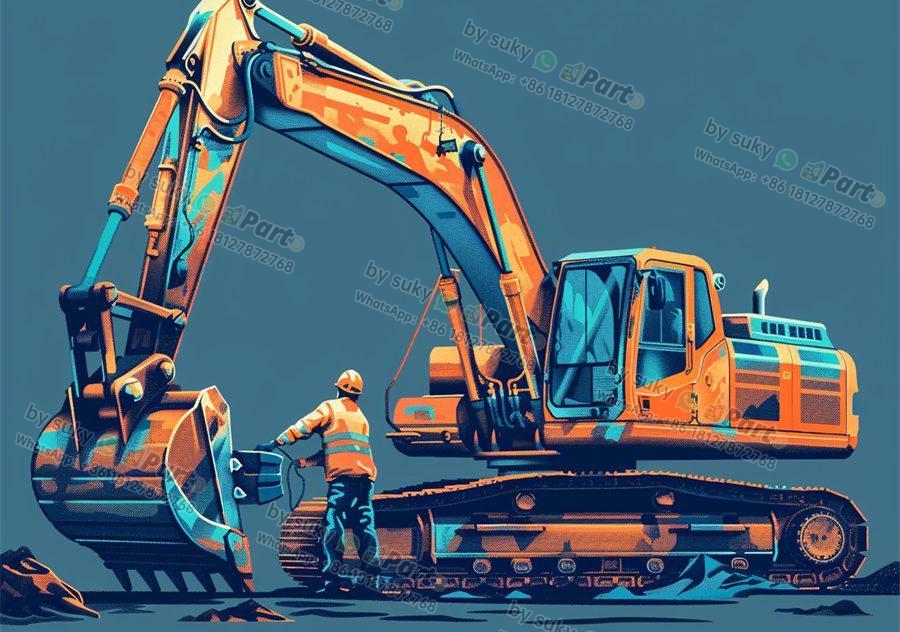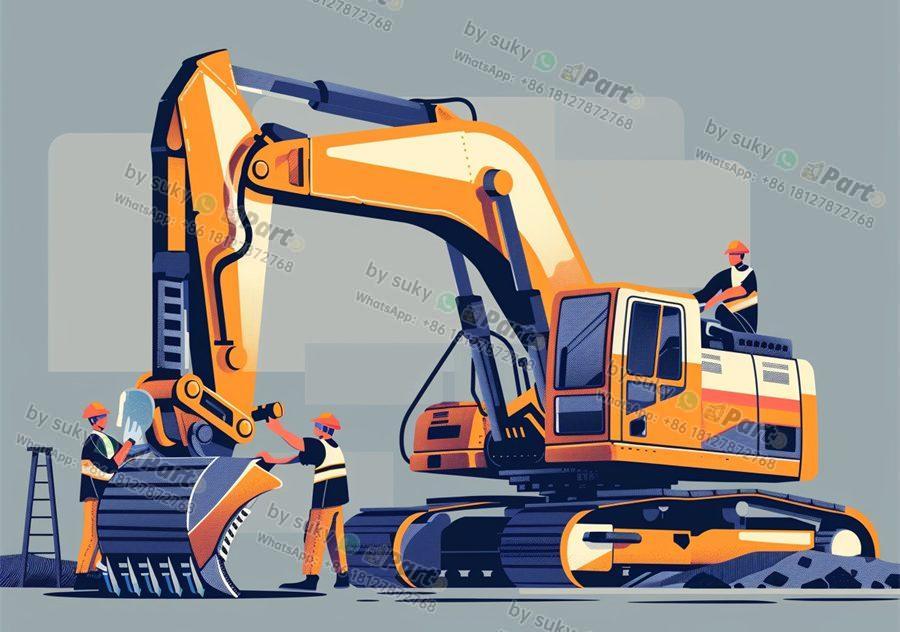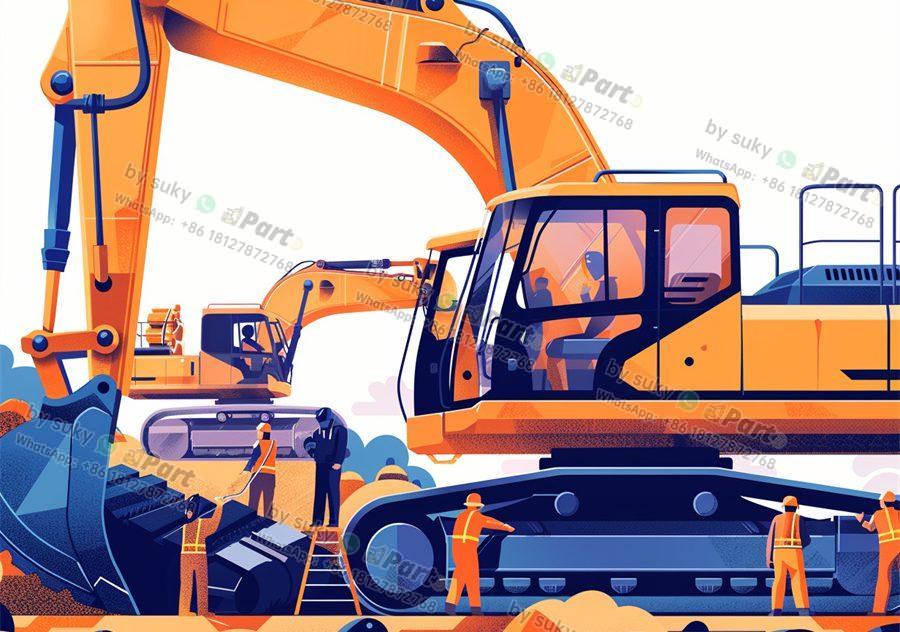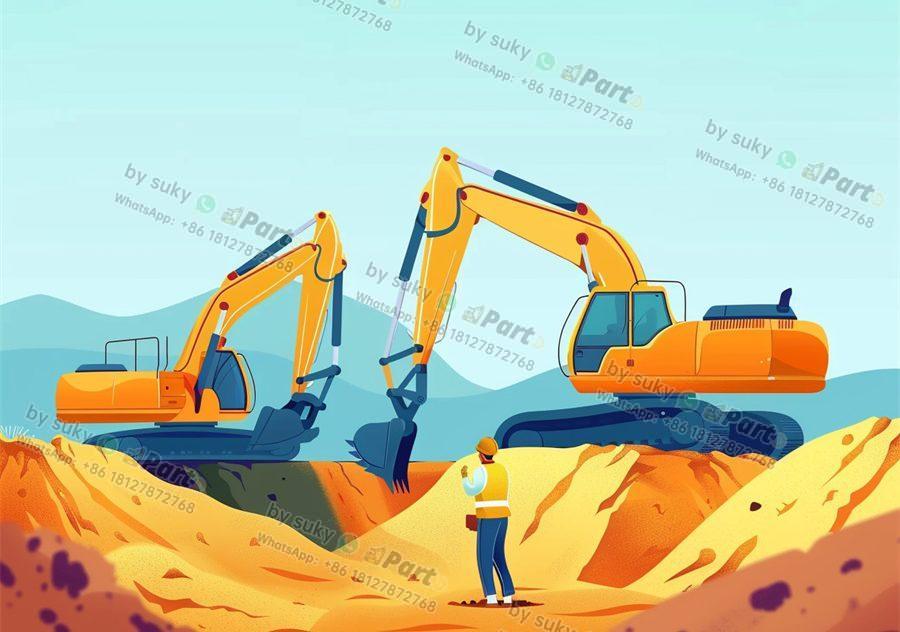Takaguchi Excavator Parts: Your Top Choice for Quality Spare Parts
When it comes to excavator parts, Takaguchi is a name that stands out in the industry. With a reputation for producing high-quality and reliable spare parts for excavators, Takaguchi has become the go-to brand for importers and distributors of construction vehicle parts. If you’re in the market for top-notch excavator parts, look no further than Takaguchi.
Wide Range of Parts to Choose From
One of the key reasons why Takaguchi excavator parts are so popular among importers and distributors is the wide range of parts they offer. From hydraulic cylinders to track shoes, Takaguchi has everything you need to keep your excavators running smoothly. With Takaguchi, you can be sure that you’re getting top-of-the-line parts that are built to last.
Top-Quality Materials and Construction
Another reason why Takaguchi excavator parts are highly sought after is the quality of the materials used in their construction. Takaguchi spares no expense when it comes to sourcing the best materials for their parts, ensuring durability and reliability. When you choose Takaguchi, you can rest assured that you’re getting parts that will perform well under the most demanding conditions.
Reliable Performance and Longevity
Takaguchi excavator parts are known for their reliable performance and longevity. Whether you’re in need of a simple replacement part or a more complex component, Takaguchi has you covered. With Takaguchi parts, you can be confident that your excavators will operate efficiently and effectively, minimizing downtime and maximizing productivity on the job site.
In conclusion, Takaguchi excavator parts are the top choice for importers and distributors of construction vehicle parts for good reason. With a wide range of high-quality parts, top-notch materials and construction, and reliable performance and longevity, Takaguchi sets the standard for excellence in the industry. When you choose Takaguchi, you’re choosing quality and reliability for your excavators.


